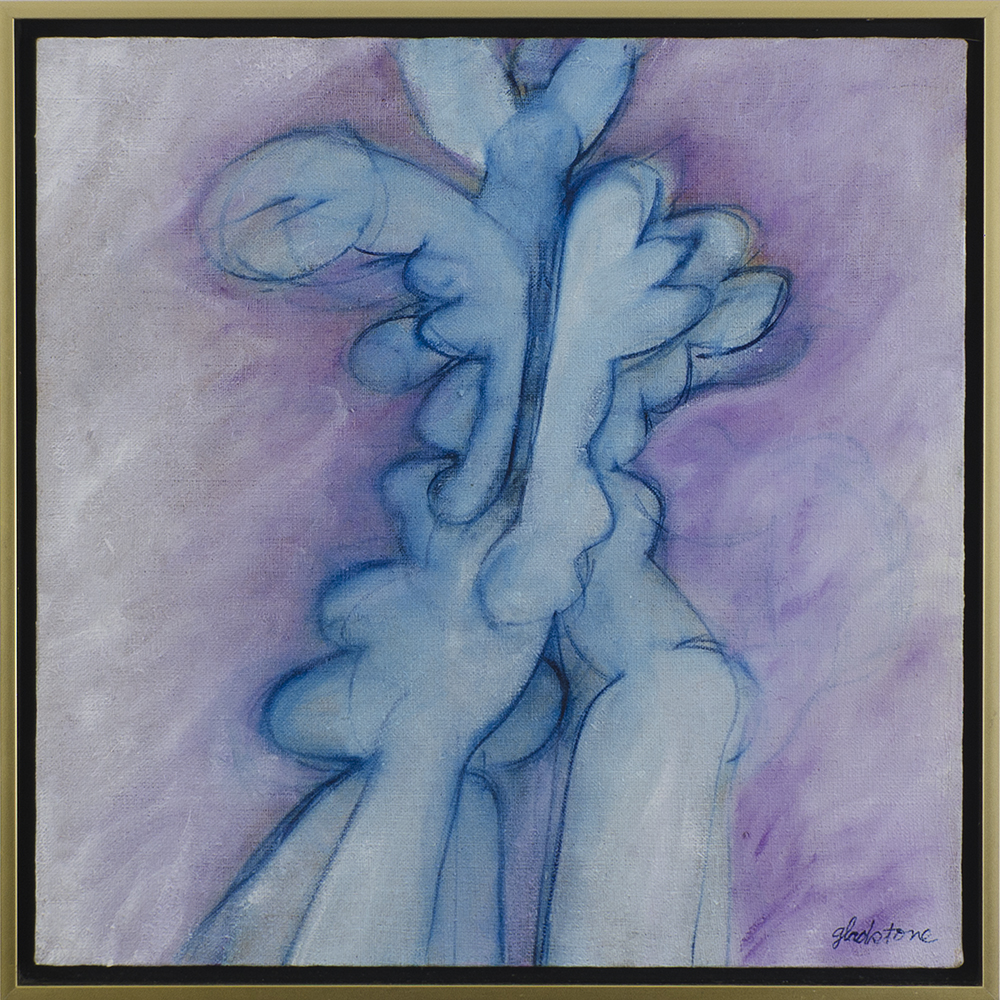
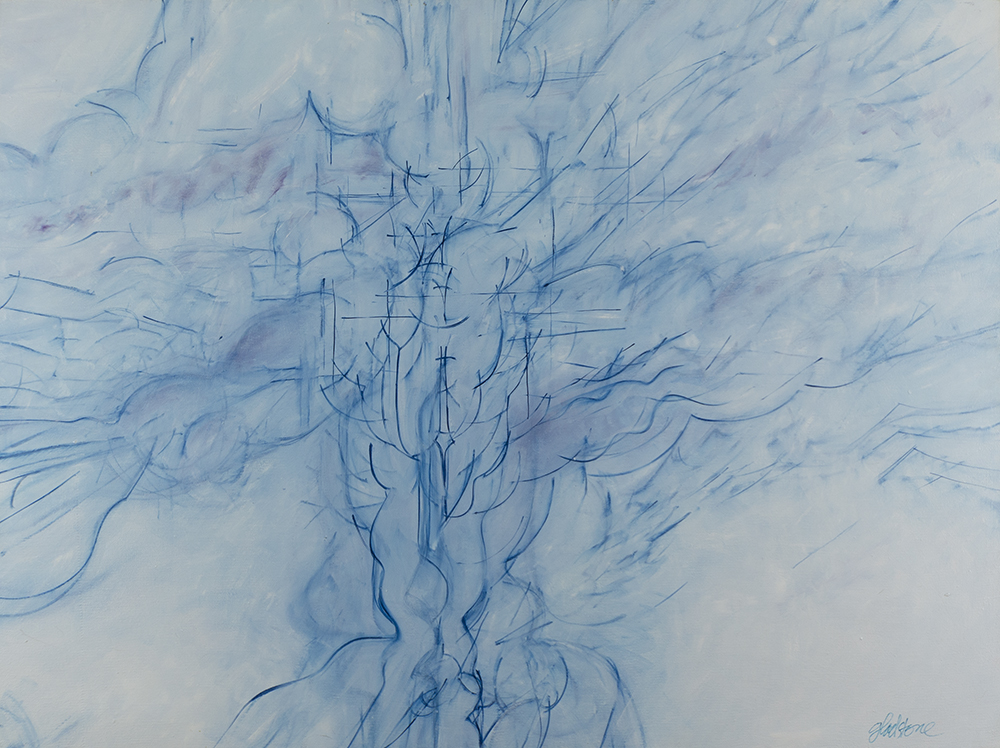
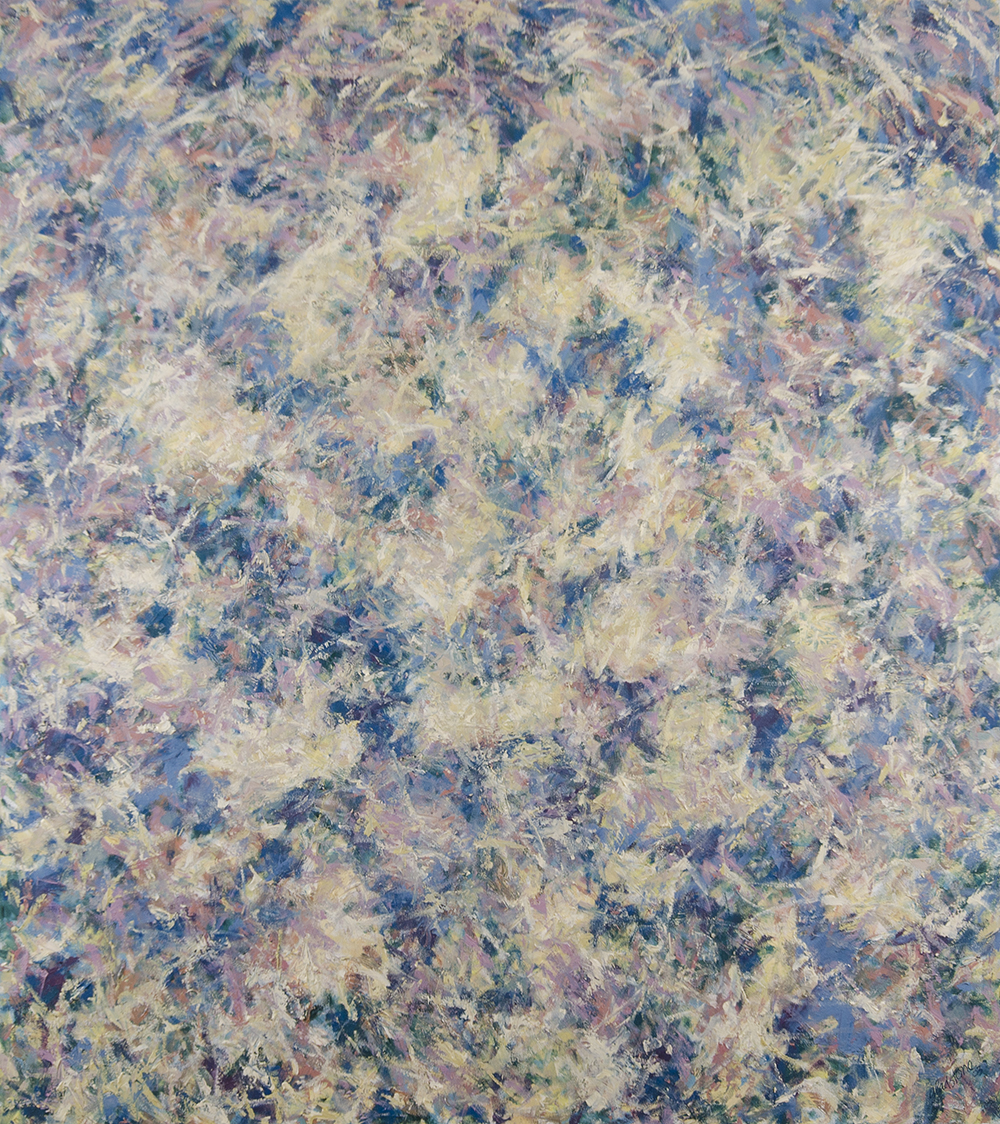
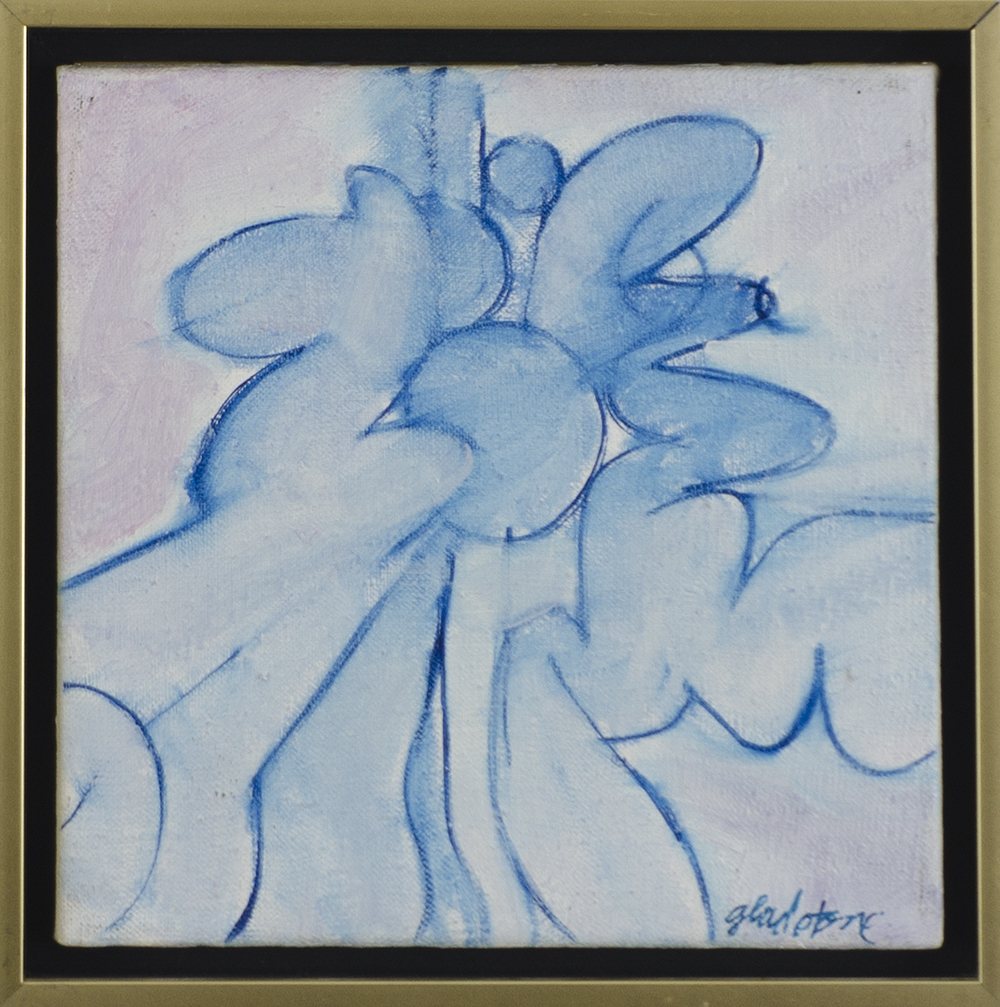
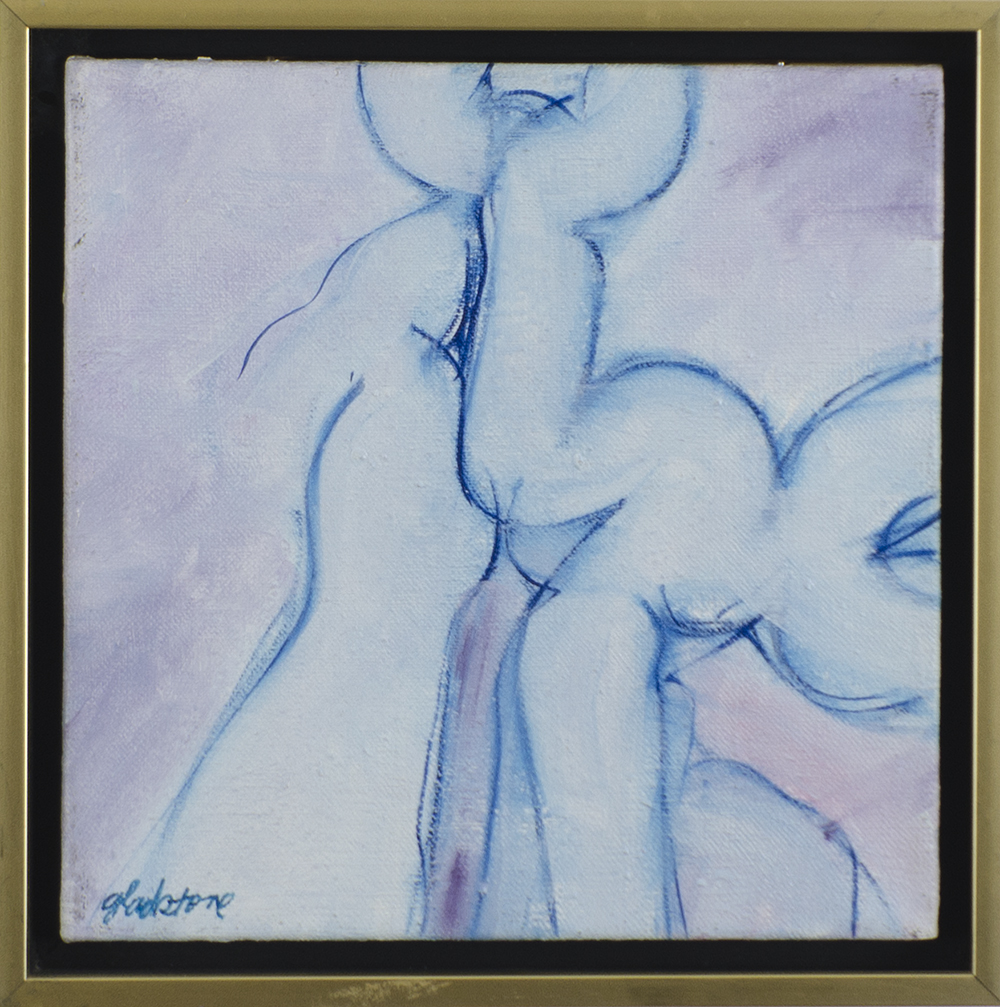
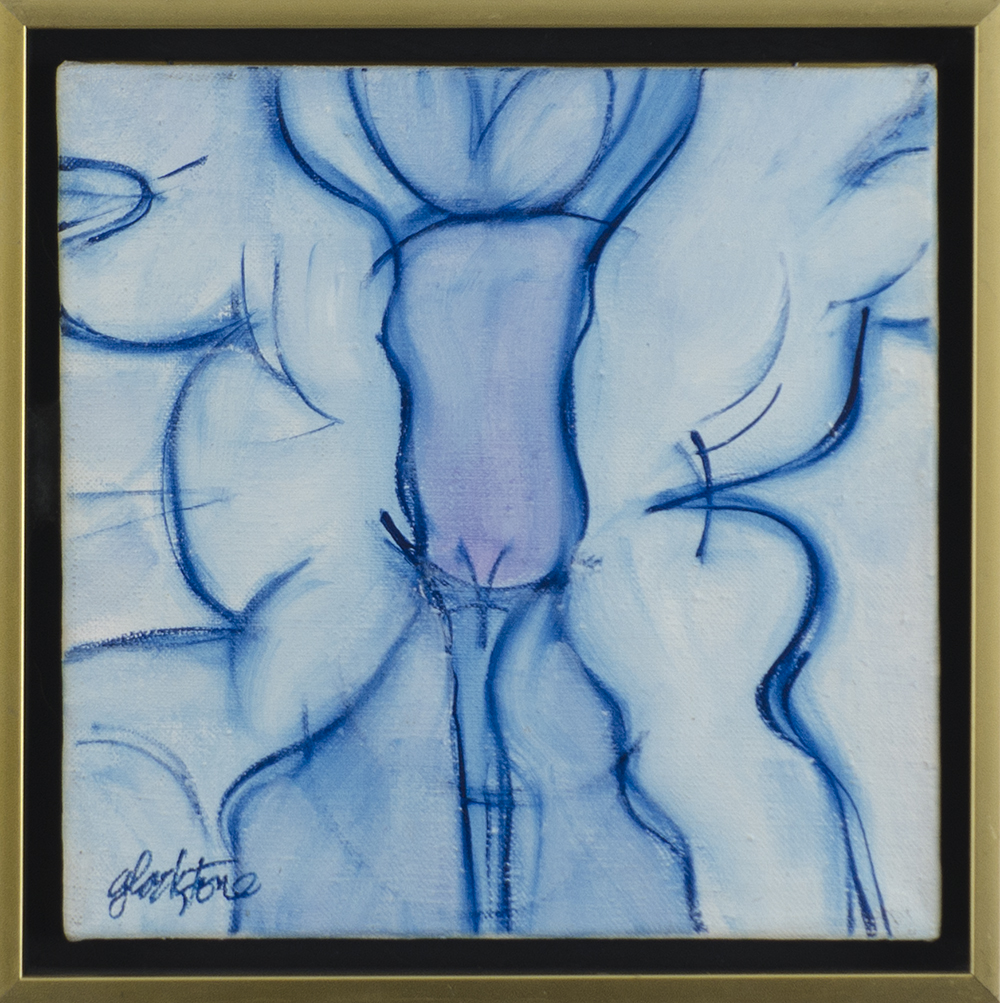
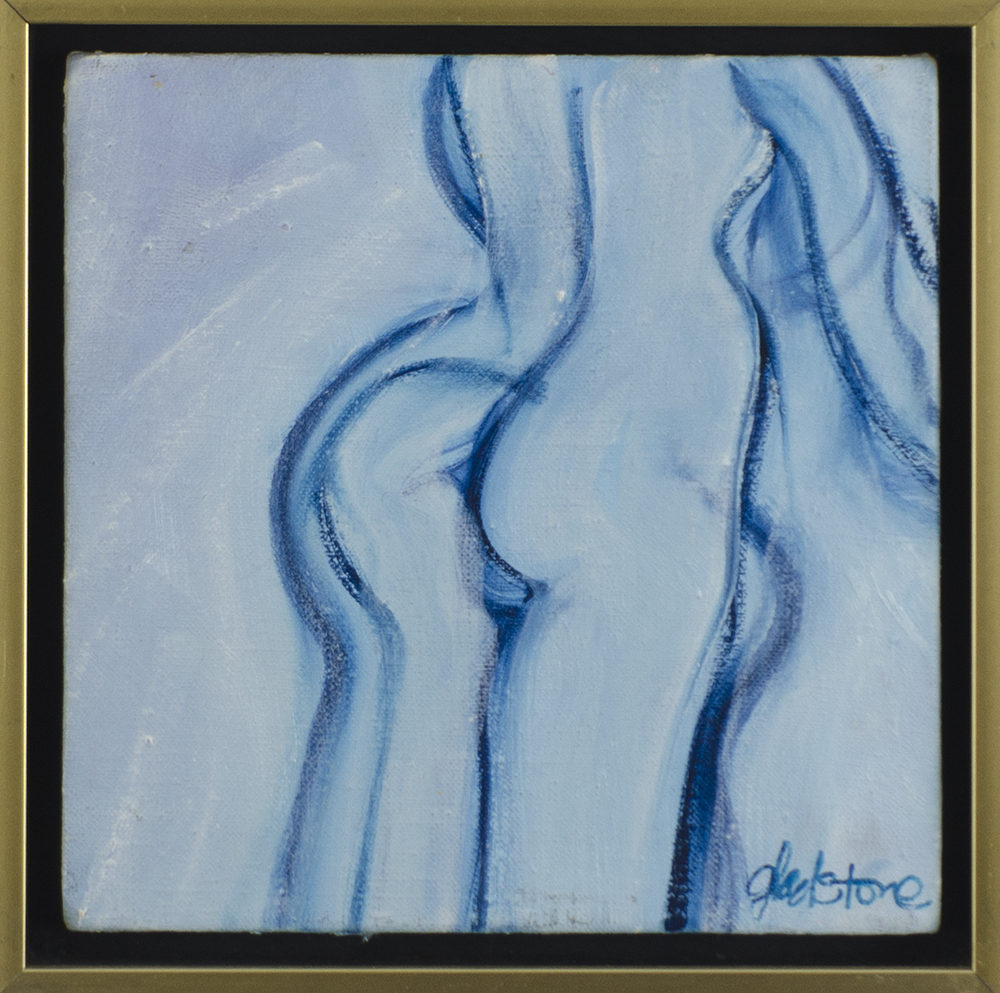
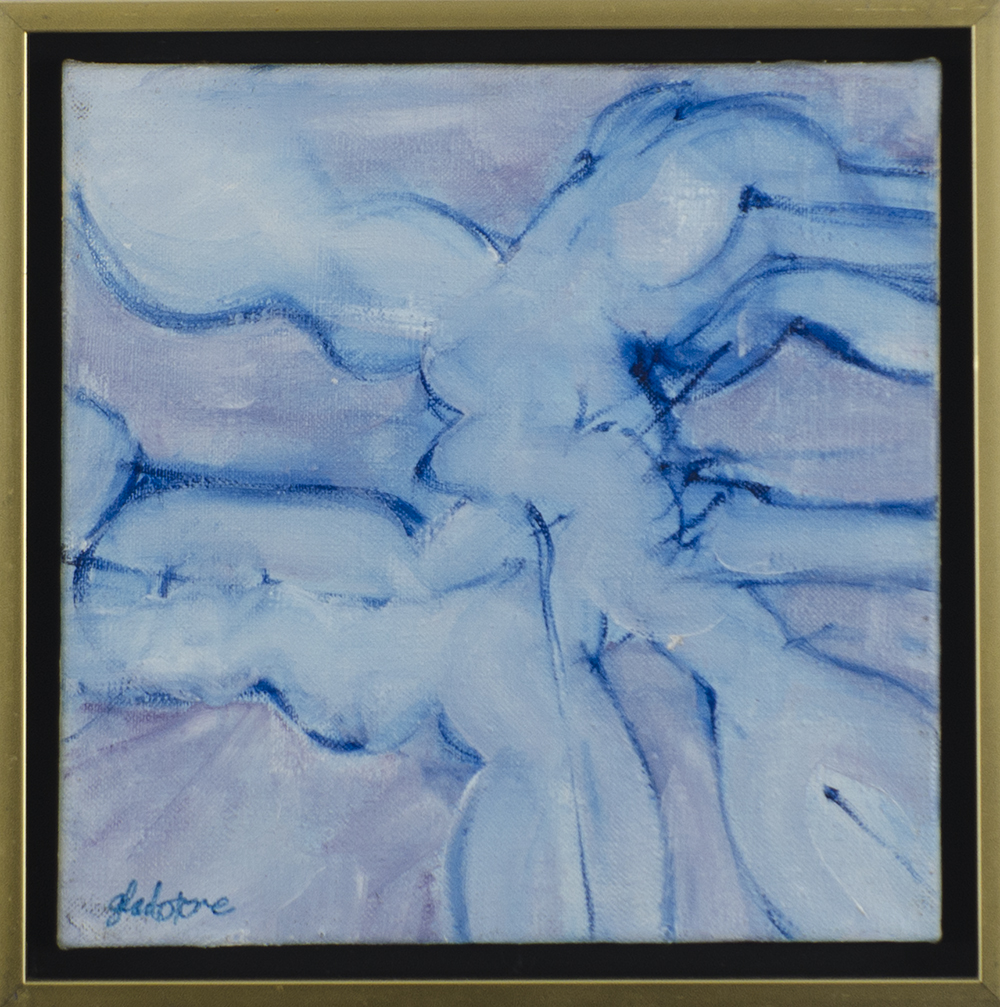
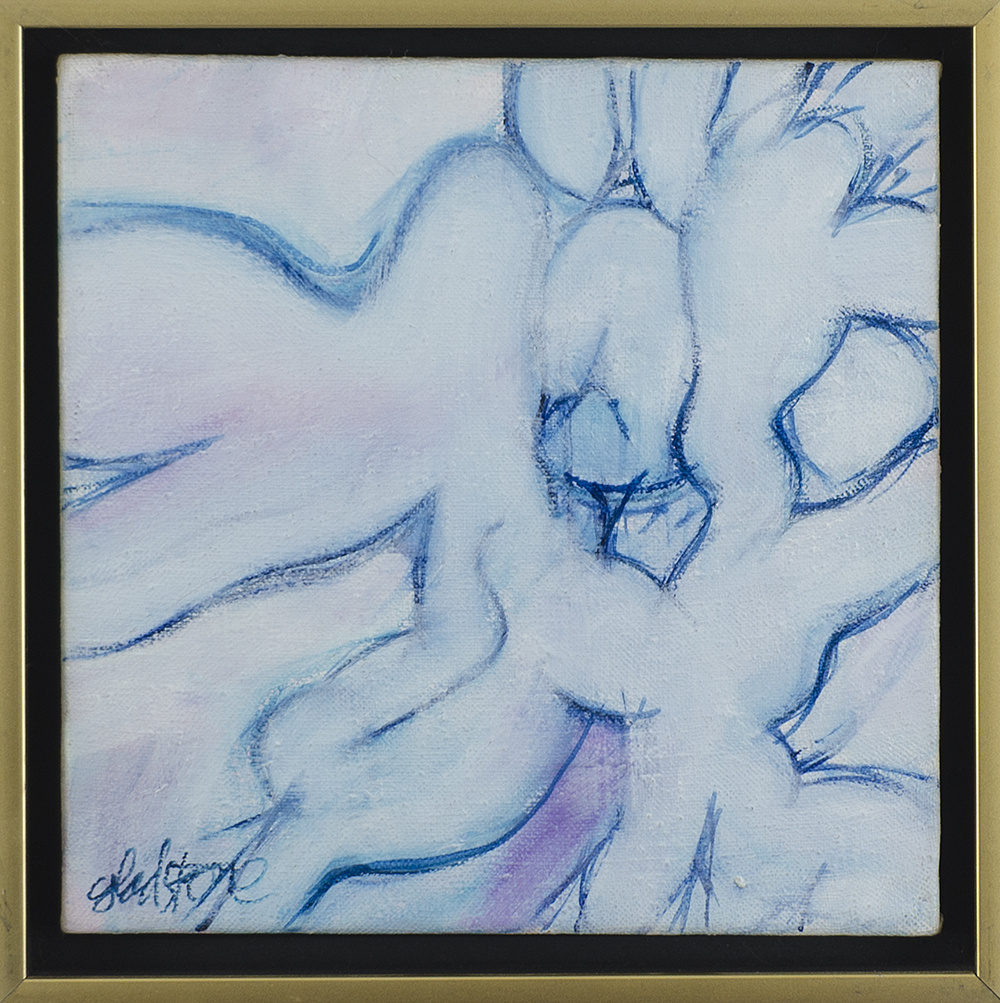
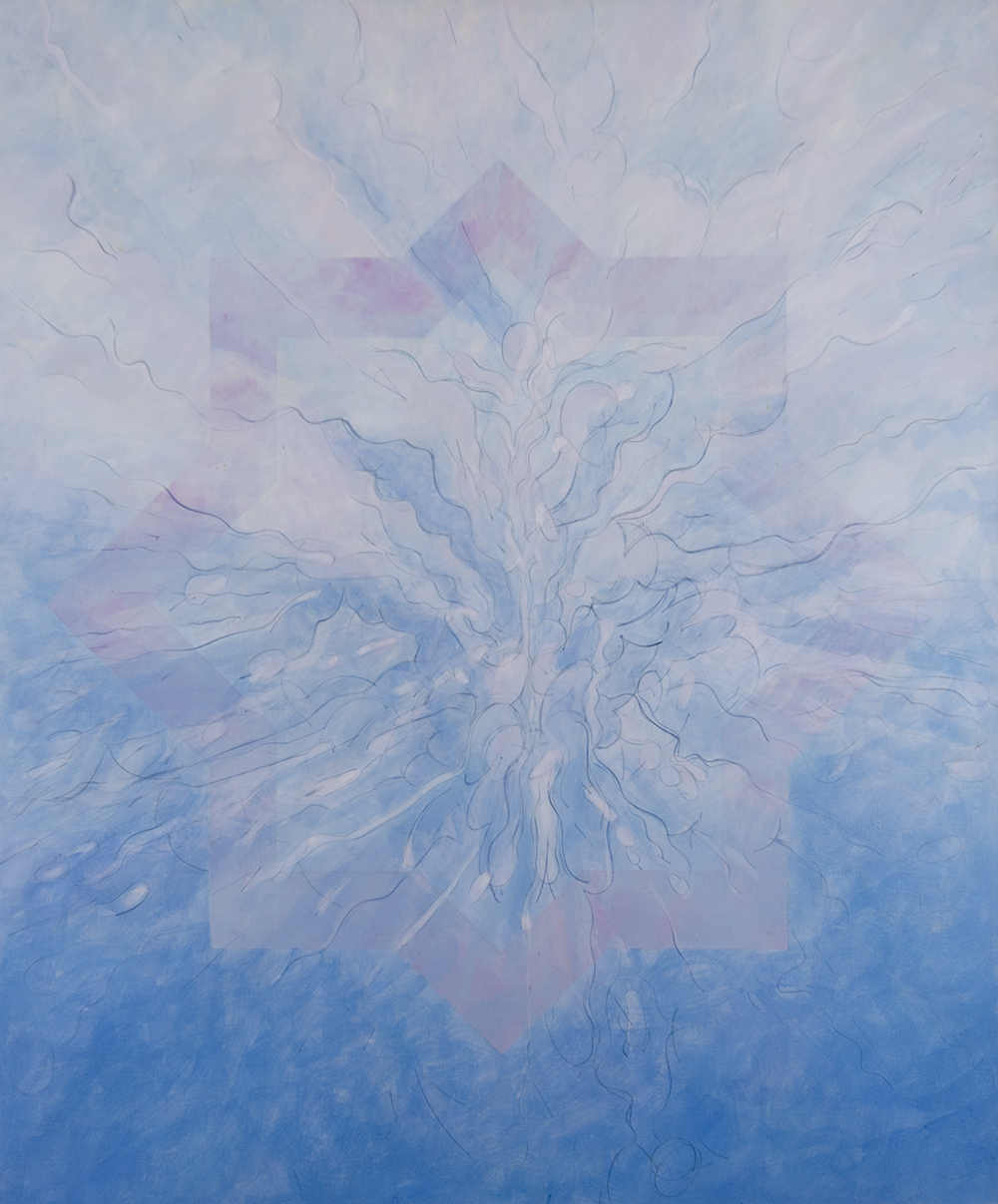
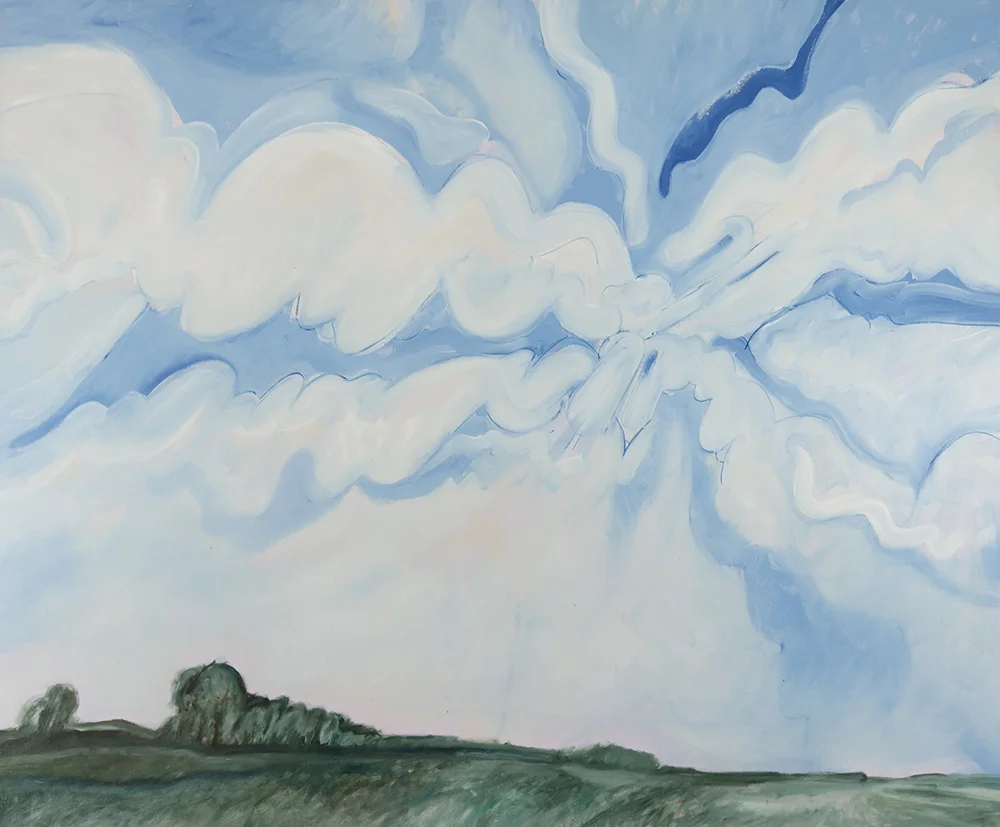
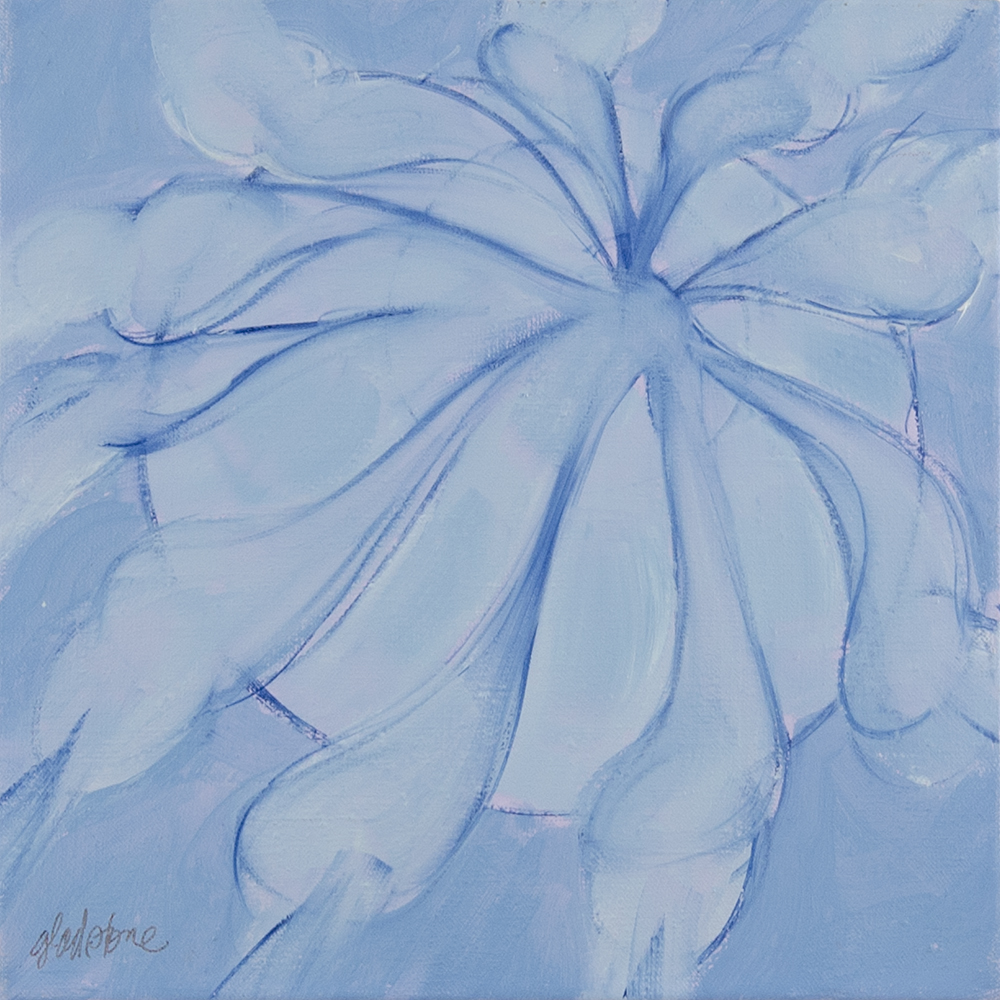
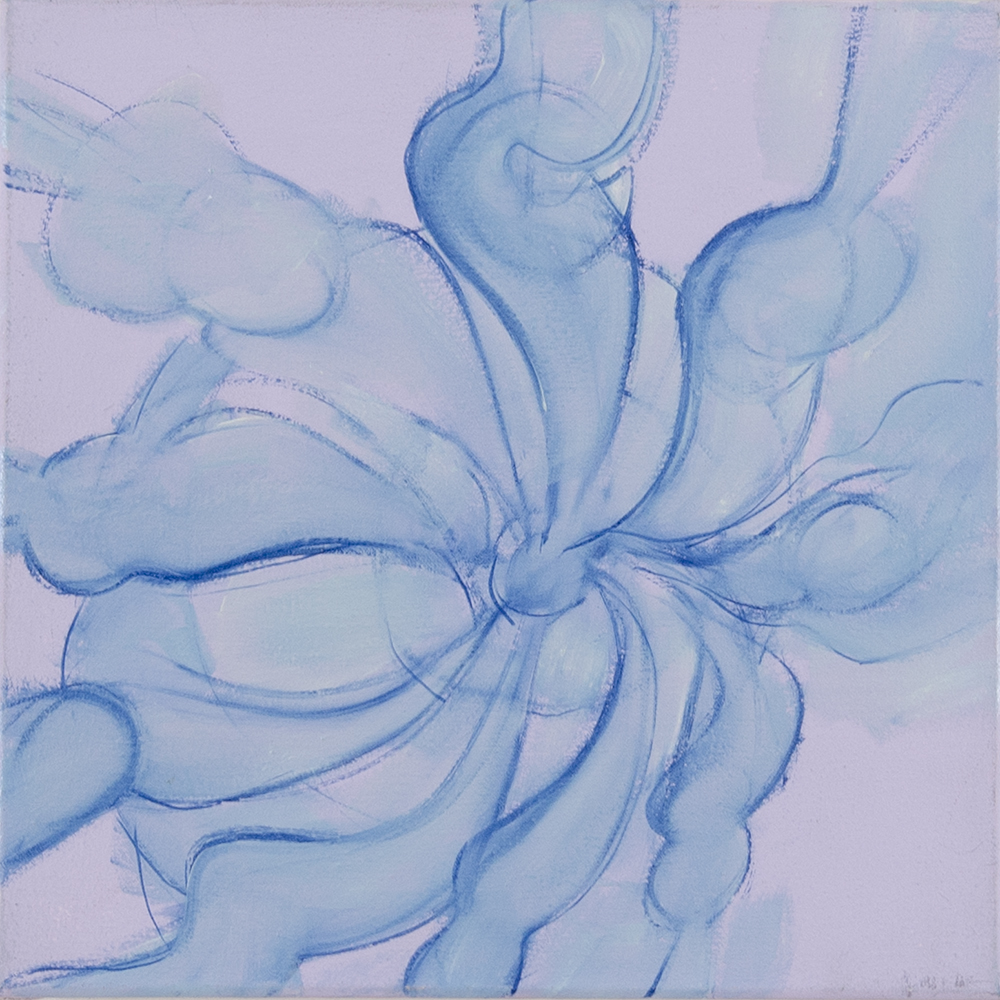
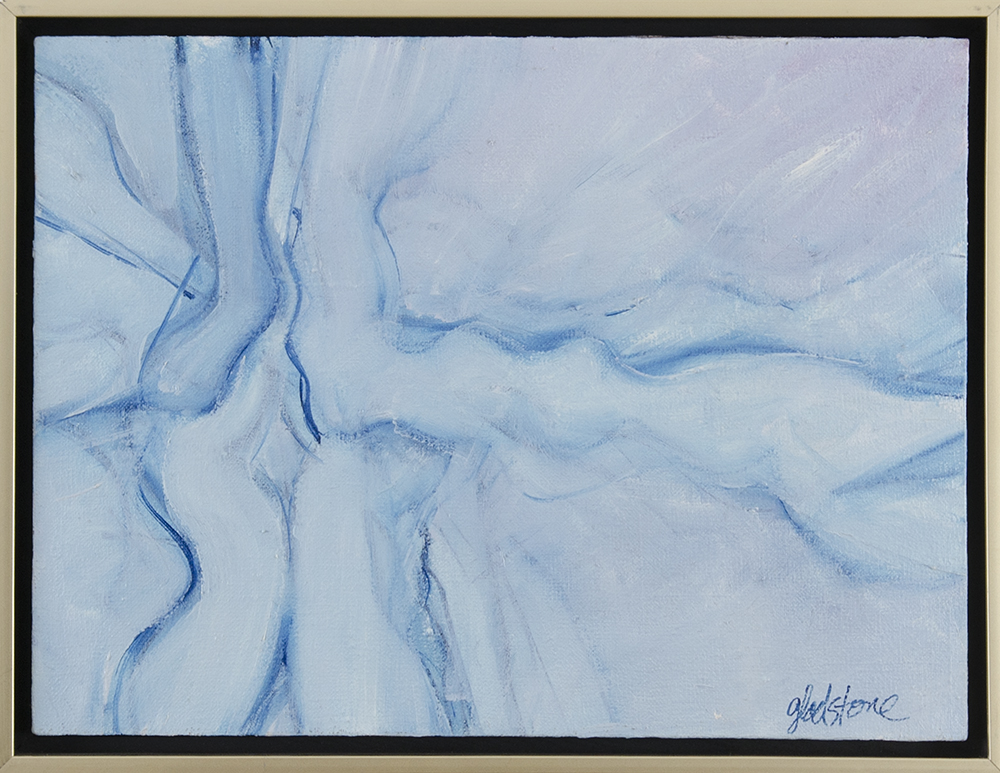
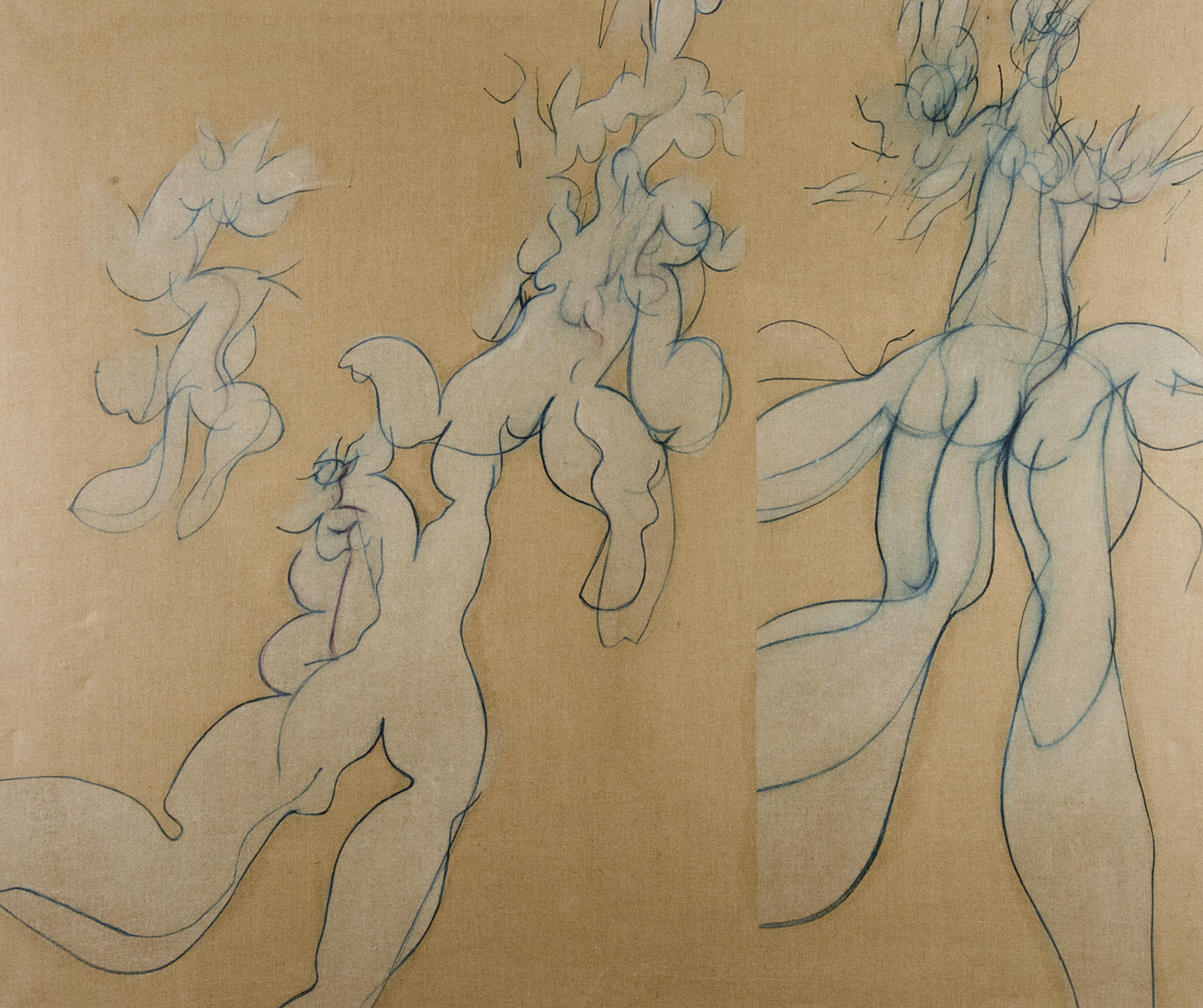
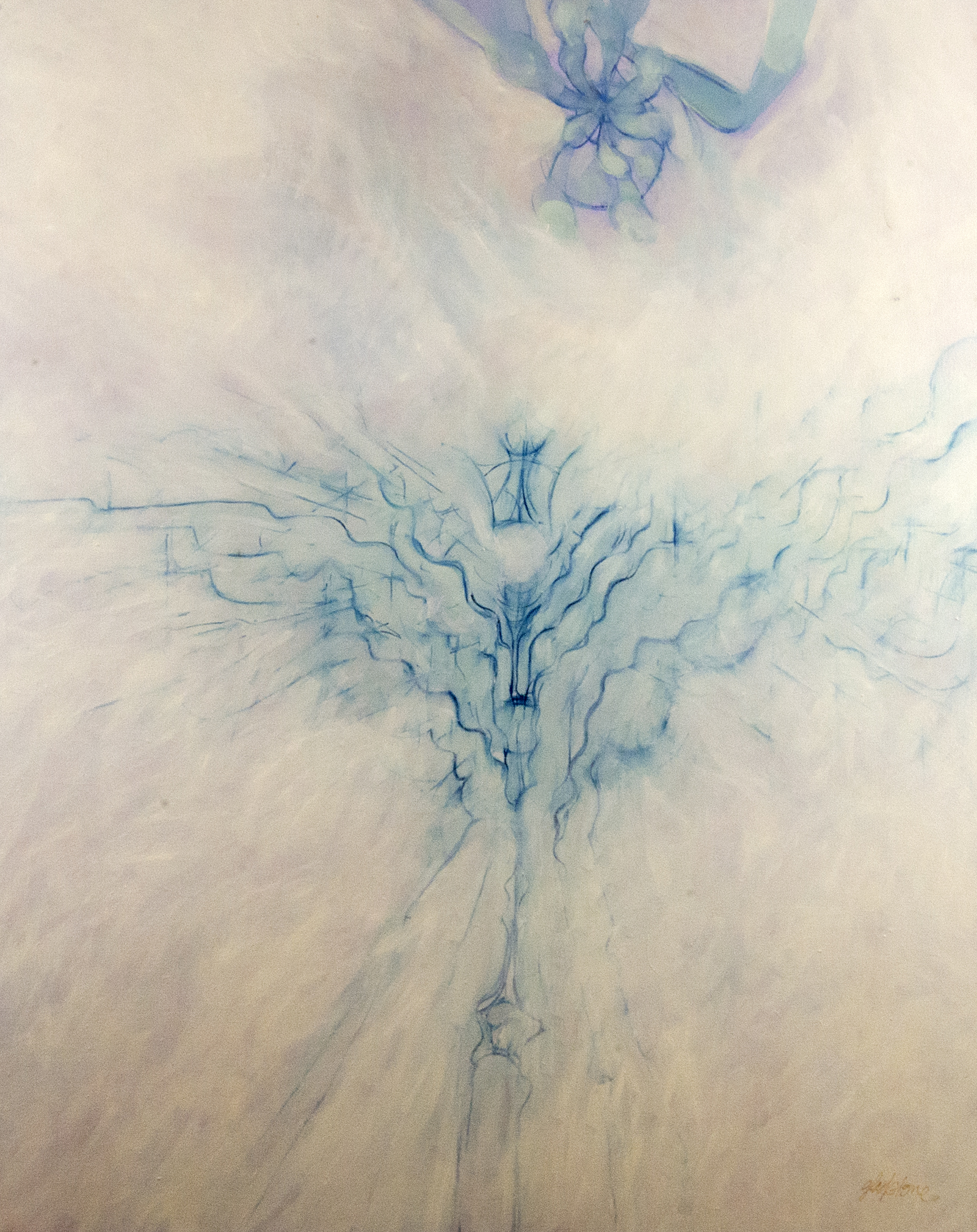
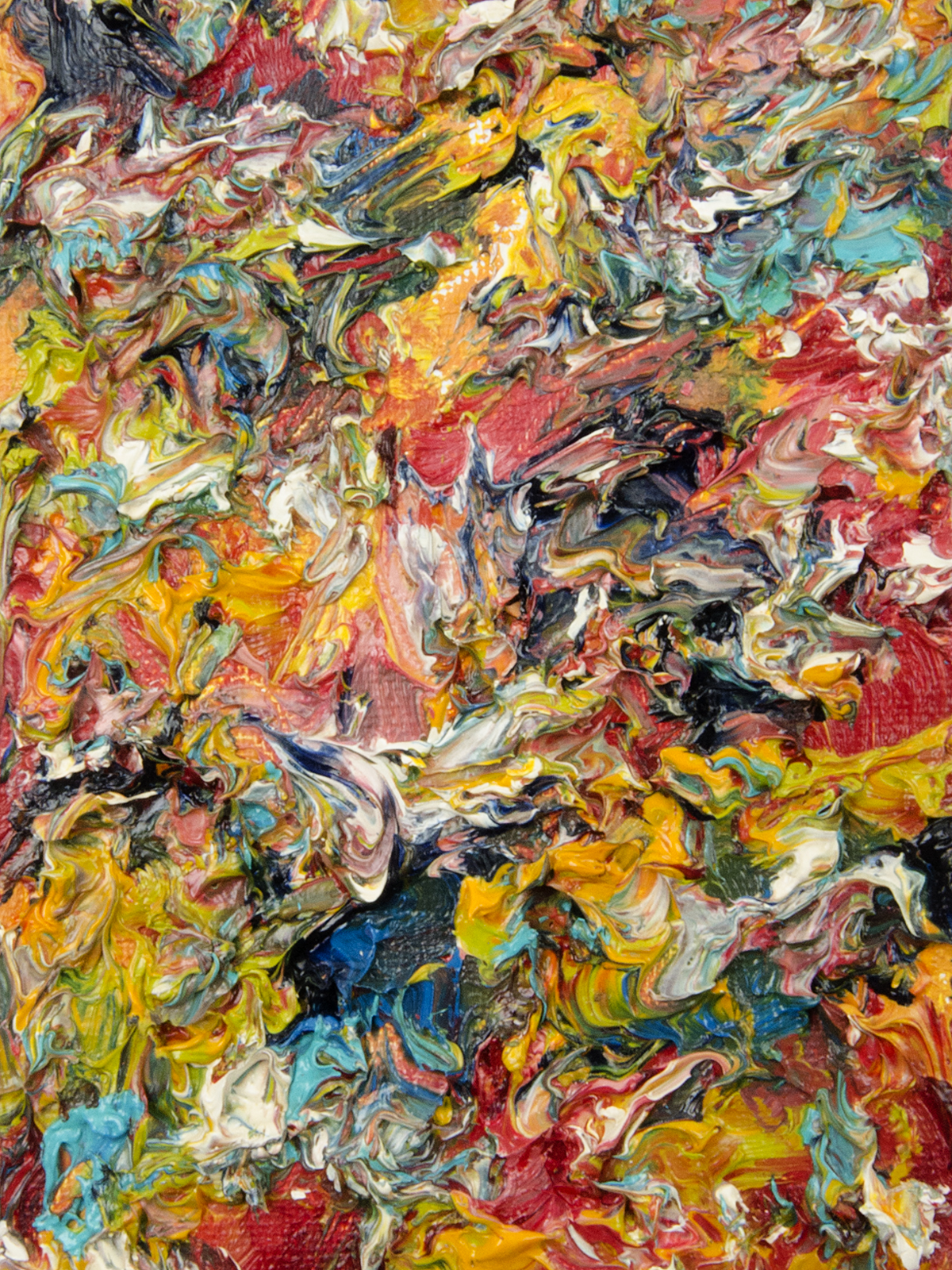
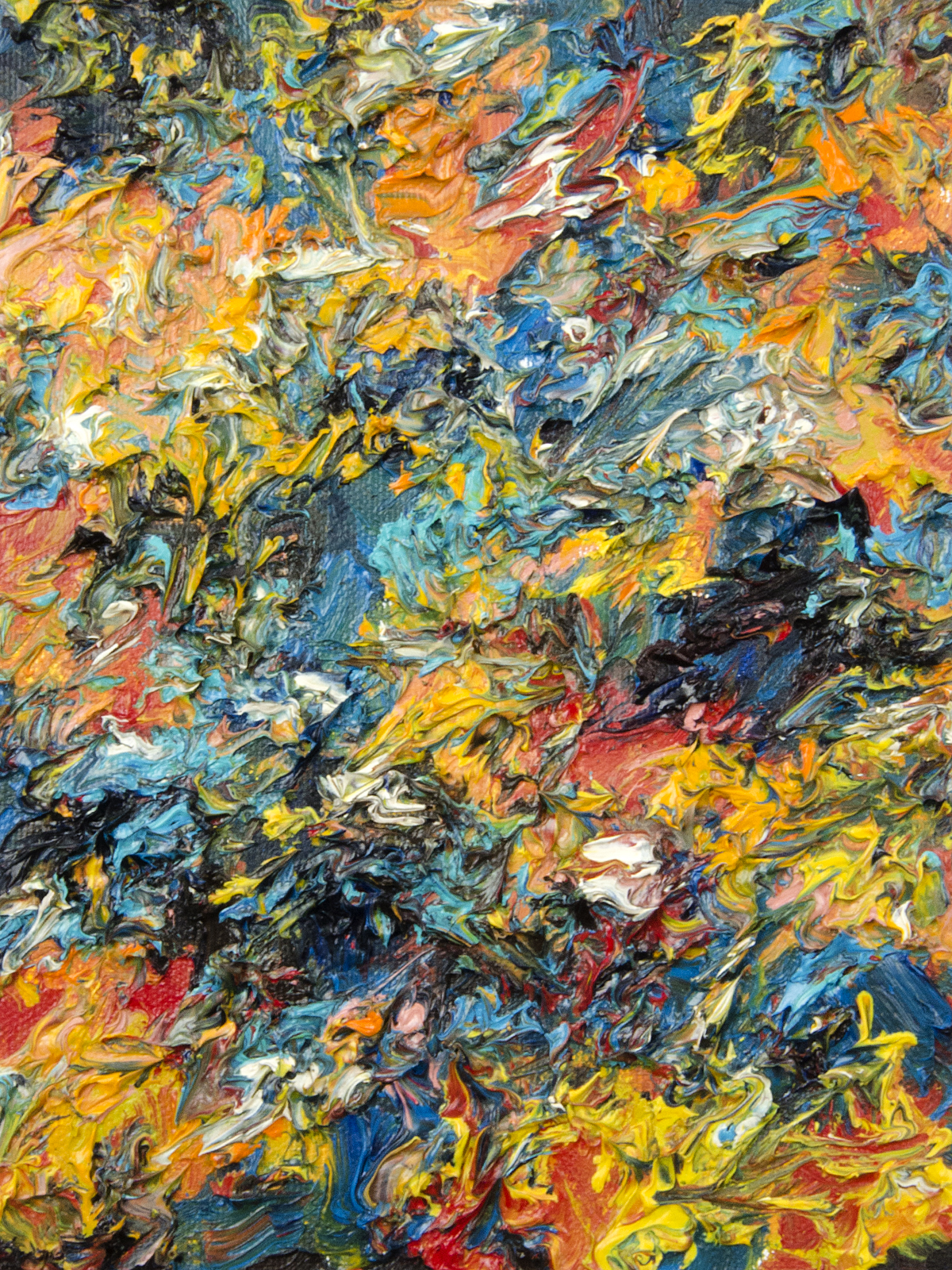
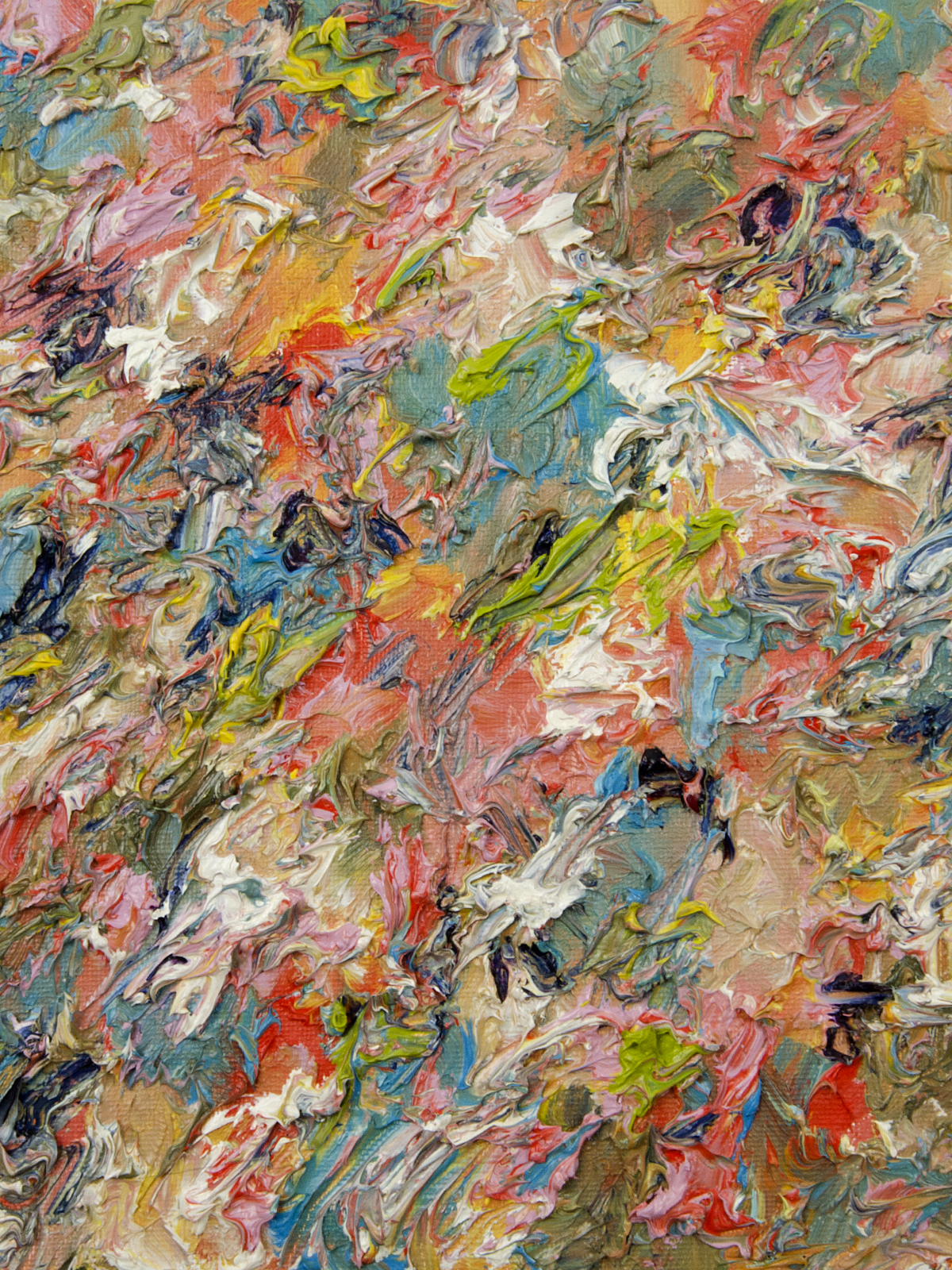
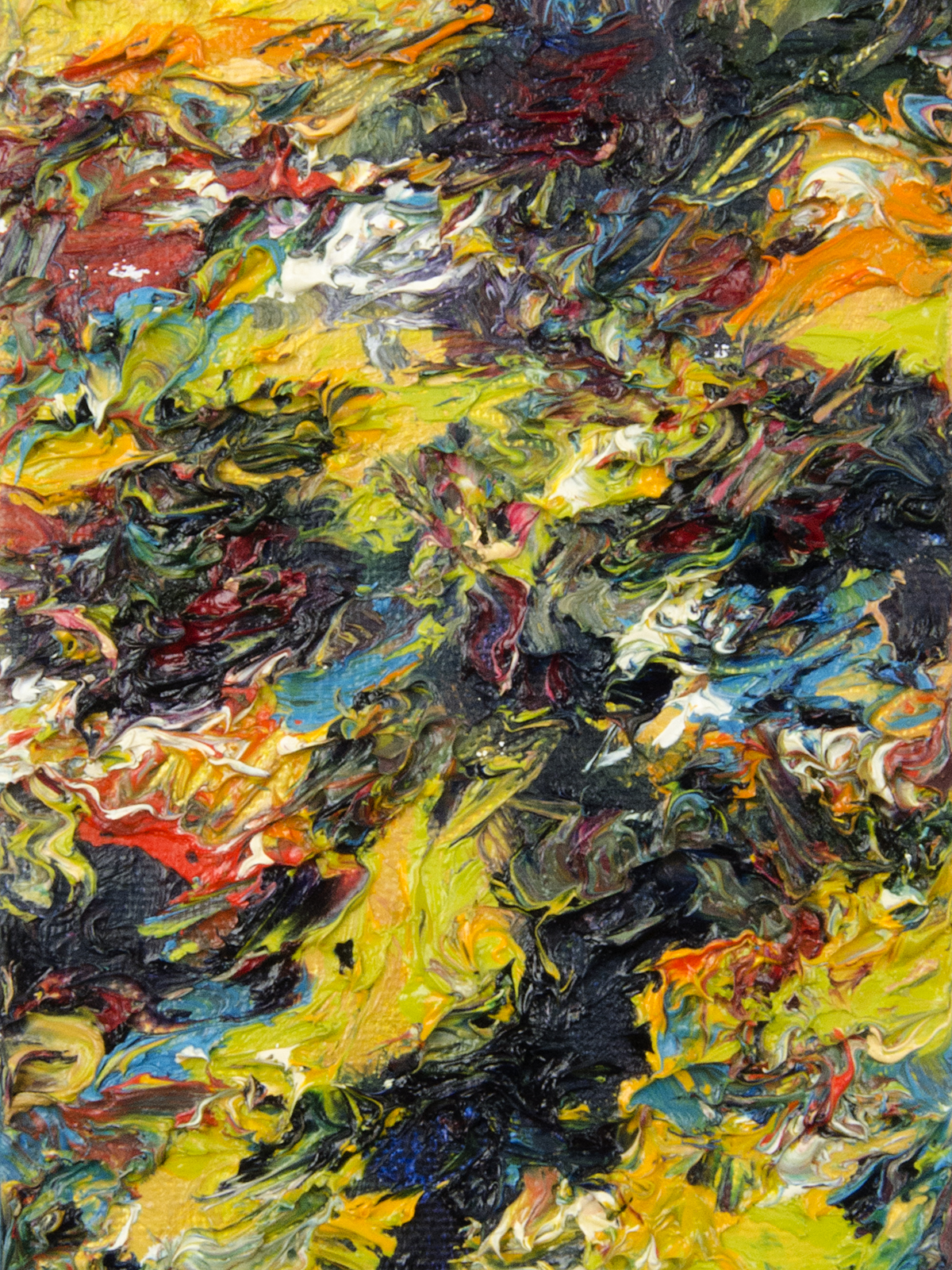
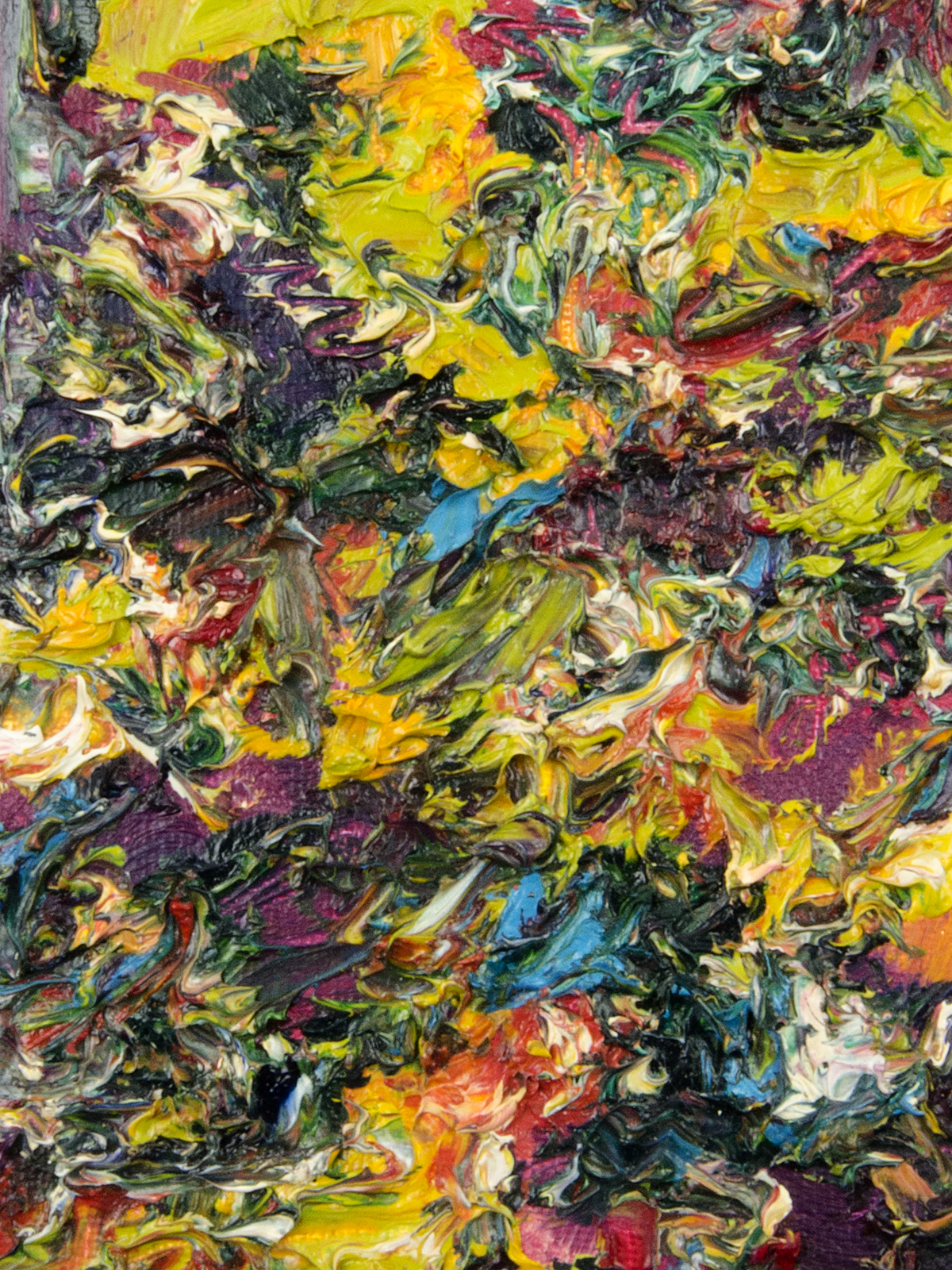
Your Custom Text Here
Gerald Gladstone was born in Toronto, Canada in 1929. Having a background in art and advertising, at 32 he decided to turn to art and sculpture full time. In 1959 he won a Canada Council of the Arts grant and moved to London, England to study at the Royal College of Art. There he met and became very close with British sculptor Henry Moore to whom his work became heavily influenced.
A very confident man, he described himself as “Canada’s foremost sculptor” a title he could back up. As a Canadian he was one of the first artists whose sculptures were truly accepted internationally with shows in London, Rome, New York and Los Angeles to name a few.
Some of his most well known works include his Lucite Cube sculptures (in which welded airplane parts appear to be floating effortlessly), The Downtown Nudes (a series of oil’s on canvas), The Three Graces (a bronze fountain at the Ontario Government buildings), and Universal Man (a giant bronze sculpture originally located at the base of the CN Tower).
A 1964 quote from Gerald Gladstone in which he describes his work; “I’m a product of the middle part of the century with all it’s insecurity and strangeness. Science has really made it impossible for most artists to go on in that slow drift which is the tradition of art in the grand manner. There’s nothing more beautiful than a jet aircraft. It’s functionality. It takes you from place to place. When you get in a jet aircraft you are a different person, you are disassociated from the outside environment, you are physically and emotionally in the hands of a mathematical equation. The artists basic contribution to society is his ability to show the people in it exactly who they are at that time in history. That’s what my work is all about.”
Perhaps people of today don’t still look at the “jet aircraft” as quite the marvel it was in the 1950’s and 60’s, but in reading Gerald Gladstone’s description of his work, you come to realize he has produced exactly what he had set out to: A series of works from their own time, working to understand the relationships between science and the human experience. The analogy of the jet aircraft is still relevant when you put it in a context that most people of today can relate to. Humans, art, science and the technology that science produces will be forever intertwined.
Gerald Gladstone was born in Toronto, Canada in 1929. Having a background in art and advertising, at 32 he decided to turn to art and sculpture full time. In 1959 he won a Canada Council of the Arts grant and moved to London, England to study at the Royal College of Art. There he met and became very close with British sculptor Henry Moore to whom his work became heavily influenced.
A very confident man, he described himself as “Canada’s foremost sculptor” a title he could back up. As a Canadian he was one of the first artists whose sculptures were truly accepted internationally with shows in London, Rome, New York and Los Angeles to name a few.
Some of his most well known works include his Lucite Cube sculptures (in which welded airplane parts appear to be floating effortlessly), The Downtown Nudes (a series of oil’s on canvas), The Three Graces (a bronze fountain at the Ontario Government buildings), and Universal Man (a giant bronze sculpture originally located at the base of the CN Tower).
A 1964 quote from Gerald Gladstone in which he describes his work; “I’m a product of the middle part of the century with all it’s insecurity and strangeness. Science has really made it impossible for most artists to go on in that slow drift which is the tradition of art in the grand manner. There’s nothing more beautiful than a jet aircraft. It’s functionality. It takes you from place to place. When you get in a jet aircraft you are a different person, you are disassociated from the outside environment, you are physically and emotionally in the hands of a mathematical equation. The artists basic contribution to society is his ability to show the people in it exactly who they are at that time in history. That’s what my work is all about.”
Perhaps people of today don’t still look at the “jet aircraft” as quite the marvel it was in the 1950’s and 60’s, but in reading Gerald Gladstone’s description of his work, you come to realize he has produced exactly what he had set out to: A series of works from their own time, working to understand the relationships between science and the human experience. The analogy of the jet aircraft is still relevant when you put it in a context that most people of today can relate to. Humans, art, science and the technology that science produces will be forever intertwined.
Nude Study
15" x 15" 1970- 1975.
CURRENTLY UNAVAILABLE
Absract Figure
Oil on canvas 30" x 40" 1978.
UNAVAILABLE
Oil on linen, 54" x 45" 1/ 3
Nude Study #1
Oil on linen 10" x 10" (framed) 1979-80
Nude Study #2
Oil on linen 10" x 10" (framed) 1979-80
Nude Study #3
Oil on linen 10" x 10" (framed) 1979-80
Nude Study #4
Oil on linen 10" x 10" (framed) 1979-80
Nude Study #5
Oil on linen 10" x 10" (framed) 1979-80
Nude Study #6
Oil on linen 10" x 10" (framed) 1979-80
Oil on linen 54" x 45"
Oil on linen 45" x 54"
Oil on canvas, 12" x 12"
Oil on canvas, 12" x 12"
Oil on canvas, 13.5" x 17"
Down Town Nudes Study
Acrylic on linen, 45" x 54"
Figures in Space
Oil on canvas, 54" x 45"
Flight on Water Lakescape
Oil on board, Series 5 (#3) 6"x 4" 2004
Light on Water Lakescape
Oil on board, series 5 (#2) 8" x 6" 2004
Light on Water Lakescape
Oil on board, series 5, 10" x 8" 2004
Light on Water Lakescape
Oil on board, series 5 (#8) 6"x 4" 2004
Light on Water Lakescape
Oil on board, series 5 (#6) 6" x 4" 2004